PublicLabs in Cali
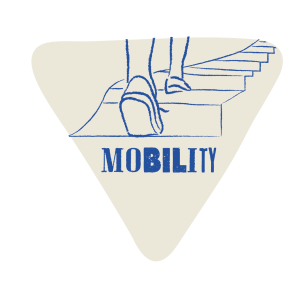
Transport & Mobility
The transportation alternatives in Cali are divided into public (collective and individual) and private. To address the shortcomings of public transport, in 2006, the city began the implementation of a Bus Rapid Transit (BRT) system that is still under development and is currently complemented by conventional buses that still persist. Regarding the modal partition, bus systems (BRT and conventional buses) serve around 18% of trips, while individual public transport (taxi) serves approximately 6%. The private alternatives of an individual nature (cars and motorcycles) serve 13% and 18% of the trips respectively. Among the sustainable options, the bicycle is used for a fraction of approximately 5%, while trips on foot are the most representative in the modal partition, with 32% (see graph below), which indicates that a large percentage of trips are made between origins and destinations suitable for walking.
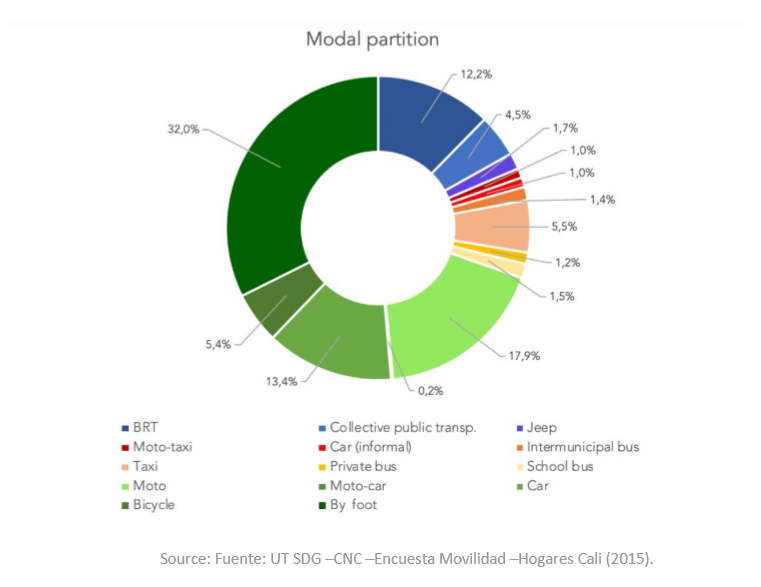
Research on mobility in Cali shows the dissatisfaction of users with the means of public transport available. This has generated the growth of the number of cars and motorcycles, which do not contribute to the consolidation of sustainable mobility in the city. In this context, it is necessary to reduce the existing gaps between the investment in transport modes and the proportion of trips they mobilize, and promote equity in the supply of transport (operational and spatial), and minimize the disadvantages in terms of accessibility that they appear in some territories of the city.
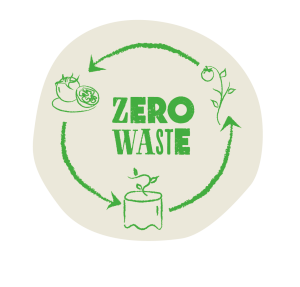
Zero Waste
In 2018, the generation of ordinary solid waste in Cali was around 800,000 tons (see graph below). According to data from the municipality, the city generated 1,900 tons per day, of which only 27 tons (1.4%) were recovered through the recycling chain.
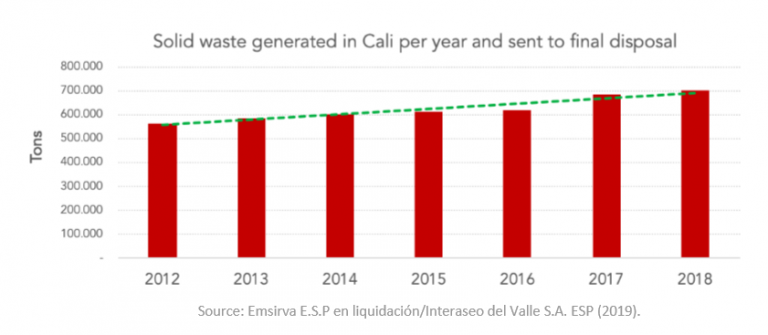
The low rate of reduction and recycling, is forcing a high disposal of bio-waste in the sanitary landfill, which generates negative impacts from the sanitary, environmental and economic points of view. In this city, according to CIAT, DAGMA & CVC (2015), the decomposition of biowaste has become the second source of GHG generation.
The Colomba-El Guabal Sanitary Landfill, located 62 kilometers from Cali in the municipality of Yotoco, received around 2,500 tons per day of solid waste in 2018, from 20 municipalities. Of this amount, Cali contributed 74% of waste, of which the majority was bio-waste (61.4%), followed by plastic (18.7%) and paper/paperboard (9,8%). What these figures indicate is the urgency of reducing the generation of solid waste through strategies such as Zero Waste and, at the same time, increasing the use of waste through recycling in order to cut down the number of tons that are sent to the landfill.
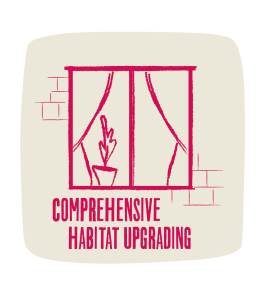
Policy & Urban Planning
The current prevailing policy has been one of eradication, while in reality, these settlements have been growing and consolidating, albeit with a weak infrastructure that keeps people out of the transportation network, hindering access to the resources the city offers.
Additionally, these settlements have inadequate waste management infrastructure, which contributes to bay pollution. A new development planning tool is being constructed to frame the transformation: The Perspective Development Plan for the Bay of Havana (PDP-BH). The initial version of the instrument identifies the challenge of informal settlements but calls for collaboration to build a coherent approach that fits into new versions of the document. Therefore, transitioning the area to be on par with the city as a whole must deal with co-producing a robust approach towards these off-grid communities and engaging in partnerships with a wide range of stakeholders. GREAT will generate key knowledge for this objective.
The policy towards informal settlements is undergoing a profound review driven by new legal and political frameworks, namely, the New Urban Agenda. Hence, the policy is being “built,” and GREAT can contribute to its improvement as it shifts from the eradication model to one that encompasses other approaches, including upgrading, although these have not yet been formalized in any document. What is particularly attractive for the selected settlement is that it lies within a national priority area in the early stages of transformation. Thus, the potential influence on local-level tools also becomes a pilot for policy formulation.
